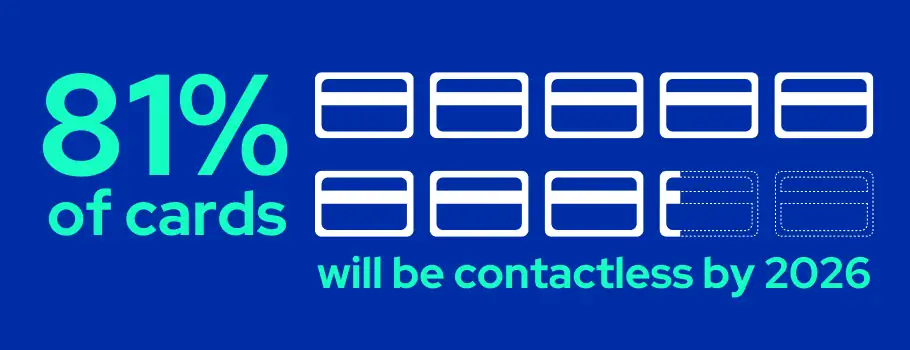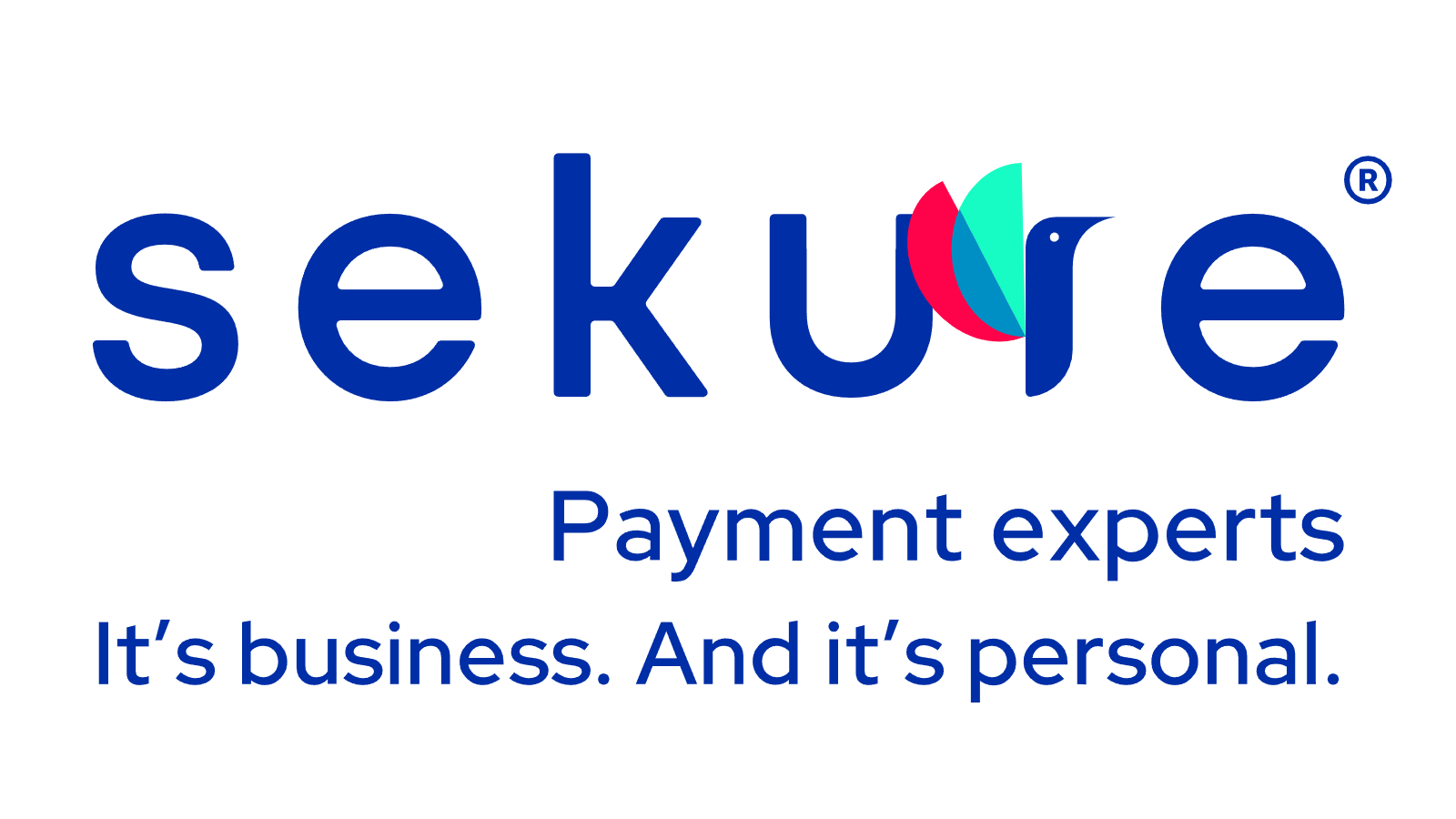The world of payment processing solutions is constantly expanding. As a business owner, sometimes it’s hard to keep up with all the latest developments. That’s why we’re filling in the blanks with everything you need to know about contactless payments — all in one place.
What is it? How does it work? And is it safe? Find all the answers and more in this comprehensive blog.
Understanding contactless payments
The term “contactless payment” refers to a payment method where customers can pay for goods and services without having to physically touch a point of sale (POS) terminal.
Instead, they simply tap their credit card, debit card or mobile device on a compatible card reader. This system is equipped with technology that allows you to process payments without swiping the card or keying in the payment information manually.
Although it’s one of the hottest payment trends in the world, contactless cards have actually been around for decades. The Seoul Bus Transport Association launched the first one in 1995, giving riders an easy way to pay their fare. However, global adoption was slow: Just 0.3% of American POS transactions were contactless in 2016, and only 3.5% of cards even supported the technology.
So, what changed? In short, COVID-19. The pandemic ushered in a new wave of consumers looking for contactless interactions. According to Visa, contactless card payments in the U.S. surged 150% between March 2019 and March 2020 — and they’ve risen ever since.
How do contactless payments work?
Today, all contactless card payments use “near field communication” (NFC) — a type of radio frequency identification (RFID). NFC technology wirelessly transmits credit or debit card information to a compatible POS terminal or card reader, which then completes the transaction.
Contactless payment solutions work in one of two ways, depending on whether the customer uses a credit card or digital wallet. Regardless, both options are much faster than traditional methods. Why? Because they reduce the process down to two simple steps: tap and go.
Contactless payment cards
At first glance, a contactless debit card looks identical to its ordinary counterpart. But beneath the surface, it contains a small antenna connected to an NFC chip.
When checking out with a retail merchant, customers hold their credit card over the payment terminal. The terminal, which also has an NFC chip, sends an electromagnetic signal. The card’s antenna picks up this signal, which allows it to exchange data and complete the transaction.
Additionally, there are two different types of contactless credit cards:
- Magnetic stripe data (MSD) cards: This category has been around longer, but is technologically more complex and lacks security.
- Europay, Mastercard, Visa (EMV) cards: EMV cards use a newer, safer payment technology embedded inside.
In 2019, Visa and Mastercard decided new merchant terminals would only support EMV contactless payments. Today, 93% of transactions use EMV cards.
Digital wallets
Alternatively, customers can use a mobile payment method called a “digital wallet.” In simple terms, it’s an application that stores debit and credit cards on a smartphone, smartwatch, or tablet. Customers simply tap and go as they would with a contactless card, only using their mobile device instead of a card.
This process is generally the same regardless of wallet provider. Some of the most popular include:
- Apple Pay
- Google Pay
- Samsung Pay
- Android Pay
How safe are contactless payments?
Payment security is a valid concern for any business owner. Fortunately, contactless payments don’t come with any added risk.
Unlike magnetic stripes, EMV card payments use a process called tokenization. This creates a unique one-time code and encrypts the credit card data, protecting it against exposure. Even if there’s a security breach, the encryption would make it extremely difficult for anyone to commit fraud.
Digital wallets also benefit from tokenization. Plus, customers can use extra security measures, such as requiring a fingerprint, passcode or facial recognition before use.
What are the benefits of contactless payments?
Of all the ways to process payments, you might wonder why you should bother with contactless payment solutions in the first place. The answer is simple — if you don’t offer tap-and-go, you’ll miss out on all the benefits:
- Speed and convenience: MasterCard says contactless solutions are up to 10 times faster than traditional payment methods. That translates into shorter lines, more customers served and a streamlined, efficient checkout process.
- Customer experience: Integration with digital wallets and mobile payment apps enriches the customer experience by offering a modern, tech-friendly way to shop. This also provides a sense of security and sophistication, increasing customer satisfaction and loyalty.
- Growth potential: Did you know 47% of people won’t shop at a store that doesn’t offer a contactless way to pay? Without these methods, you’re limiting your client base and alienating potential customers. Opening up your business to contactless payments can attract and retain clients as the method grows in popularity.
- Value-added features: Contactless payment processing solutions often come equipped with additional capabilities, like inventory management, real-time reporting and more.
How do contactless payments impact processing fees?
Businesses usually pay a similar processing fee for contactless payments as regular transactions. That’s because they generally fall under the category of card-present, which usually comes with lower rates than card-not-present payments.
In some cases, rates can be slightly higher due to the technology involved and the convenience and security features offered.

Accept contactless payments with Sekure
Research says 81% of cards will be contactless by 2026. That means you can bank on there being a lot more customers looking for no-touch transactions in the future.
Is your current POS terminal up for the challenge? Don’t worry — we’ve got you covered.
At Sekure, we’re here to help you find the best solutions for your business, like free contactless payment systems. Plus, we’ll analyze your statements and find ways to help you save on processing fees. With our Payment Experts negotiating on your behalf, you’ll also enjoy better rates guaranteed.
Ready to start saving? Contact our team today.
Categories

